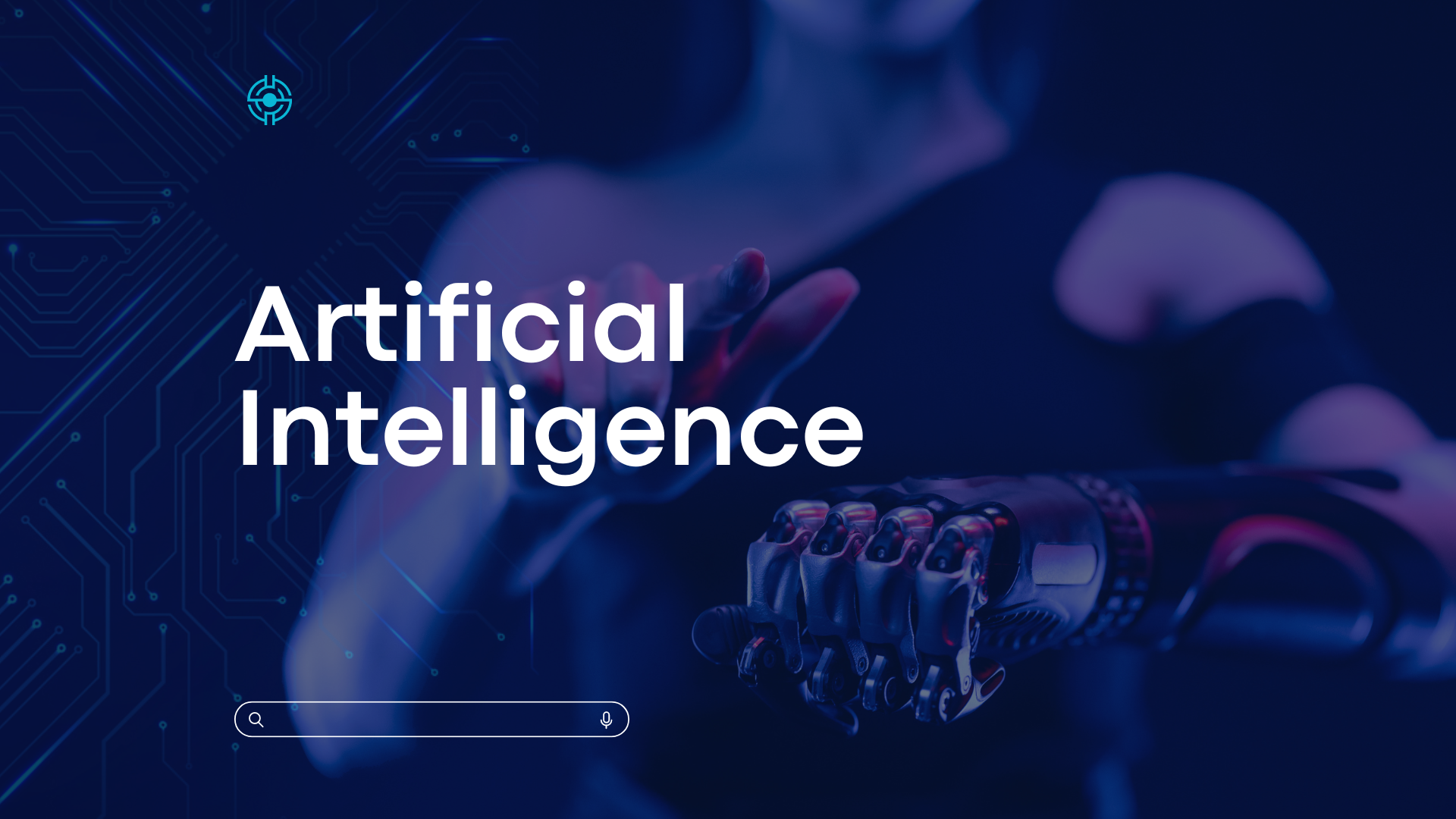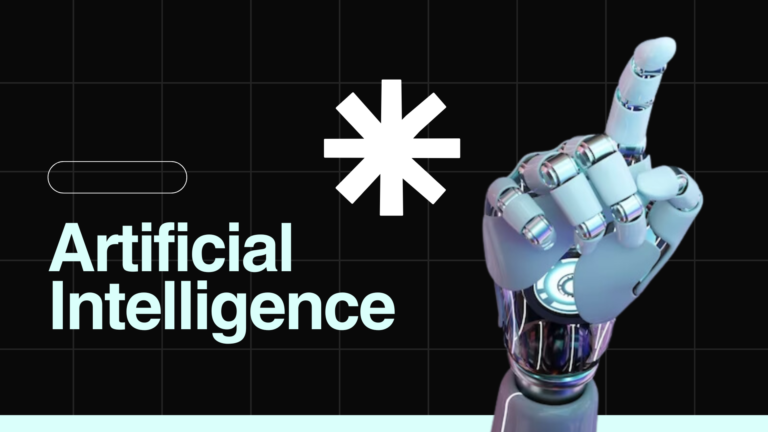Low code AI platform

Growing numbers of companies are integrating artificial intelligence (AI) into their workflows as a result of the digital revolution and advances in machine learning (ML). Additionally, as the need for integrative AI grows, so does the number of platforms that advocate for low code AI platform or no-code AI creation
The phrases “low-code” and “no-code” will be defined, the benefits and drawbacks of this technology will be covered, and a list of low-code/no-code platforms for AI.
No-code development
A software development methodology known as “no-code” enables non-techies—that is, anyone without technical experience—to build websites and applications without having to write any code by hand. No-code AI refers to an AI and ML model deployment system that does not require any code. It makes data classification and analysis easier for AI models that are used for certain business needs.
Low-code development
No-code and low-code go hand in hand. These kinds of platforms also speed up app delivery, but they might require some code. These tools are widely used by even seasoned programmers to cut down on extra code writing.
Where is low-code/no-code AI used?
Low- or no-code Any organization may use AI to forecast attrition, improve operations, and make suggestions. Low-code/no-code platforms make it simple to design basic AI models for picture classification. These models can be used in factories to distinguish between damaged and quality products, or in the healthcare sector to determine whether individuals are wearing masks inside of buildings. There are countless applications.
Low-code/no-code AI platforms can help businesses in more data-driven industries like finance, sales, and marketing. Predicting attrition rates, evaluating data, incorporating intelligent recommendations, automating billing, and many other tasks can be aided by AI.
Advantages of low-code/no-code platforms
When we find a simpler way to do anything, we take advantage of it to complete tasks faster and with greater efficiency. How may low-code/no-code AI systems assist us in achieving that? Now let’s examine the benefits.
Usability: Most low-code/no-code AI platforms are fairly simple to explore because these tools typically offer an easy-to-use drag-and-drop interface with minimal complexity.
Speed: Labeling and iterating data takes much less time with low-code/no-code AI platforms since they frequently include pre-built AI models, project templates, and ready-made datasets. This greatly accelerates the model development.
Scalability: AI saves the organization time and resources by handling duties for a large number of users—up to one hundred. In addition, the servers automatically scale up or down in response to load, and tracking the workload and progress is quite simple.
Low code/no code platform disadvantages
Where do you go next after you’ve outgrown a certain product or service in a business context where needs change quickly?
The ML engineer is the ultimate user of an AI platform, thus training and consulting will be necessary for the rest of the team to become proficient in AI procedures.
Insufficient trust: Thus far, low-code/no-code AI platforms have gained traction, but can they match the usefulness of more conventional machine learning techniques? Google Trends indicates that while interest in no-code machine learning is growing, classical machine learning is still significantly more popular. This is a result of the long history of machine learning and computer vision, these materials and
Key takeaways
Are no-code and low-code platforms popular and useful? Indeed! Will they totally supplant conventional computer vision and machine learning? No. The custom AI model-building approach is far from being replaced because there is still a lot to learn about machine learning, artificial intelligence, and computer vision. Furthermore, you can’t really customize the functionality of low-code and no-code platforms. However, creating a custom model of this kind can be costly and time-consuming. Therefore, our best estimate is to cover very specific pipeline tasks using low-code/no-code platforms in order to streamline and expedite the processes.








